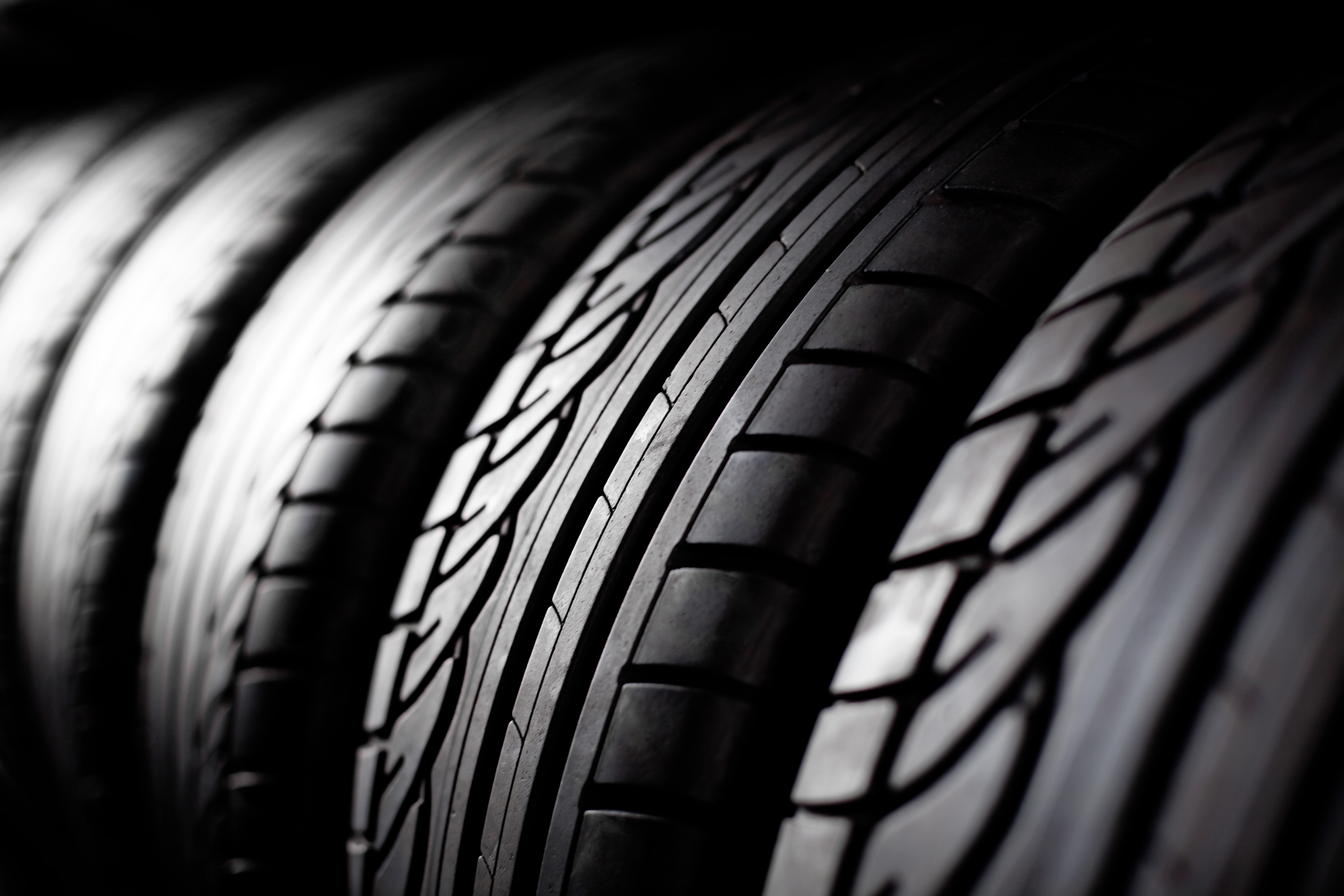Managing tire pressure and alignment for consistent handling
Consistent vehicle handling depends on a combination of proper tire pressure, accurate wheel alignment, and routine maintenance. Small deviations in pressure or alignment can change steering response, increase tire wear, reduce fuel efficiency, and affect safety. Understanding how to monitor and correct these factors helps drivers maintain predictable behavior on the road and extend component life.

maintenance
Regular maintenance is the foundation for consistent handling. Scheduled inspections should include checking tire pressure, tread depth, and visible signs of uneven wear. Routine checks of brakes, suspension components, and steering linkages are also important because worn parts can mimic alignment issues. A simple maintenance routine—pressure checks monthly, visual inspections weekly, and professional service at recommended intervals—reduces the risk of handling surprises and keeps diagnostics simpler when problems arise.
tires
Tires are the primary point of contact with the road, so correct inflation and condition directly influence handling. Underinflated tires increase rolling resistance and reduce steering precision, while overinflated tires can decrease traction and ride comfort. Rotate tires every 6,000 to 8,000 miles (or per manufacturer guidance) to promote even wear. Regularly inspect tread depth and sidewalls for cuts, bulges, or embedded objects. Choosing appropriate tire type and maintaining recommended pressure will preserve predictable grip and response.
alignment
Wheel alignment affects steering geometry, tire wear, and straight-line stability. Misalignment can cause a vehicle to pull left or right, create uneven tire wear, and reduce fuel economy. Signs that alignment is needed include uneven tire wear patterns, off-center steering wheel, and pulling during straight driving. A professional alignment adjusts camber, caster, and toe to manufacturer specifications. After hitting a curb or pothole, have alignment checked—small impacts can knock settings out of tolerance and degrade handling.
brakes
Brakes influence handling through weight transfer and driver control during deceleration. Uneven braking or a pulsing pedal can indicate warped rotors, sticking calipers, or uneven pad wear, all of which affect stability during braking and corner entry. Keep brake fluid at recommended levels and inspect pads and rotors periodically. Ensuring brakes are balanced and functioning properly complements correct tire pressure and alignment to maintain consistent handling under varied driving conditions.
diagnostics
Modern vehicles include electronics and diagnostics that help detect handling-related issues early. Tire pressure monitoring systems (TPMS) alert drivers to low pressure; onboard diagnostics can flag suspension or steering faults. When a handling problem appears, combine visual inspections with diagnostic codes to isolate causes. A systematic approach—check tires and pressures first, then steering and suspension, then brakes and electronics—shortens troubleshooting and prevents misdiagnosis that could lead to unnecessary repairs.
safety
Safety is the ultimate reason to manage pressure and alignment. Properly inflated tires and correct alignment reduce stopping distances, improve stability in evasive maneuvers, and lower the chance of tire failure. Ensure seat belts, airbags, lighting, and electronics are functioning as part of overall vehicle safety. Regular maintenance that includes tire checks, alignment verification, and brake inspections creates an integrated safety strategy that protects occupants and other road users.
Conclusion Maintaining consistent handling requires a holistic approach: keep tires inflated to manufacturer recommendations, rotate and inspect tires regularly, and have wheel alignment checked after impacts or when uneven wear appears. Combine these efforts with routine brake and suspension inspections and use diagnostics to catch hidden faults. Consistent attention keeps steering predictable, improves safety, and extends the life of tires and related components.





